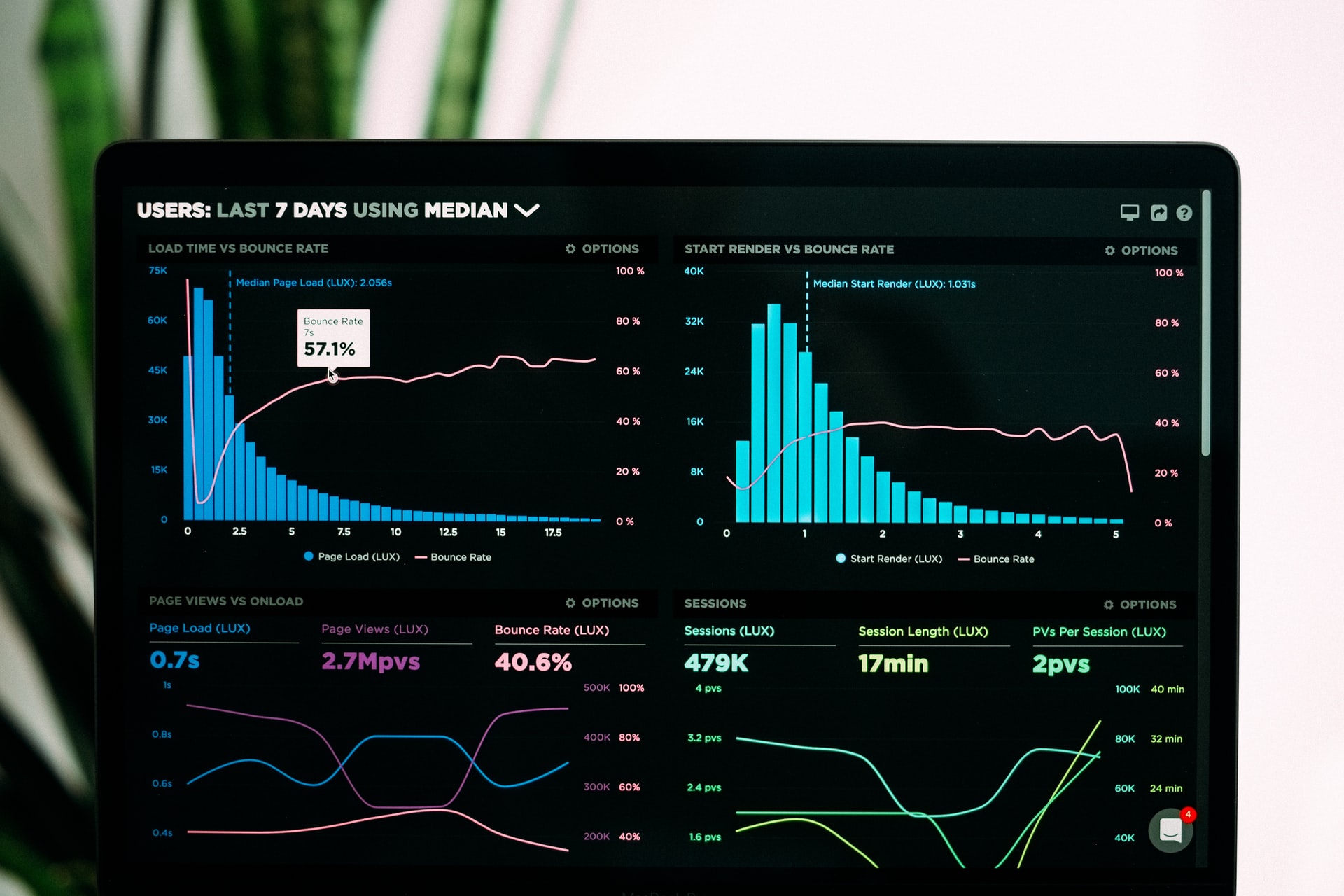Part1: Top 5 Key Performance Indicators for eCommerce Businesses
As an eCommerce business owner, it is important to keep track of how your business is doing, and you should have an idea of the store performance and in order to keep yourself informed about the healthiness of your store, you can use KPIs to keep aware of the business success, problems and future decisions if needed.
What is a KPI?
KPI is short for Key Performance Indicator. Each indicator measures a particular activity in the business. And usually, businesses pick several indicators that they believe important to measure how their business is performing. Moreover, these indicators can be beneficial to drive business decisions as they provide solid evidence on the issues of business operations and performance. As an eCommerce business, here is a list of 5 KPIs that we believe is crucial to any online store.
1. Average order value
It is the revenue of the store divided into the number of orders. This KPI will tell you the average spending per order in your store. Observing this KPI will help you understand the forecasted customer value. For example, If your revenue for last month is 3000$ and you have 50 orders last month then your Average Order Value for that month is 3000$ / 50 = 60$. If this number is low, you can think of ways to increase it such as Cross-Selling, Upselling, volume discounts …etc.
2. Customer Lifetime Value
Customer lifetime value is a crucial metric for any eCommerce store, the indicator measures the total revenue from one customer during the business relationship. It is used to improve how much one customer would spend in the store, and to recognise valuable buyers. Moreover, it helps the management of customer relationships and encourages marketers to invest marketing budget in acquiring high-value customers.
3. Number of transactions
The total number of transactions is self-explanatory, it measures the number of orders over a period of time. This indicator can help you to measure the growth of your store. For example, if the number of transactions is (January: 50, February: 60, March: 50, April: 30). You may investigate further why do you have a decrease in March and April, this is an early indicator if something went wrong. For instance, you could have raised your prices, and customers started to refrain from buying from your store and buying from your competitors instead.
4. Product affinity
This KPI tells you which products are bought together. The metric can be beneficial to increase your knowledge about which products to cross-sell and upsell. Also, it can help to create bundles of products that are bought at a special price. Measuring Product Affinity can be complicated but it is worth investing in measuring it.
5. Revenue per visitor
The revenue from each customer visit to your website is Revenue Per Visitor mean. It can be calculated by dividing the total revenue by the total of customer visits during a given period. For example, if your revenue in March is 6000$ and the number of visitors in March is 3000 then your Revenue Per Visitor is 6000 / 3000 = 2$ per visit.
Revenue Per Visitor is essential to help you to identify more profitable referral sources and excluding referral sources that do not convert. A drop in this indicator can alert you to an unnoticed problem in the website, such as slowness or broken payment flow …etc.
Photo by Luke Chesser on Unsplash
